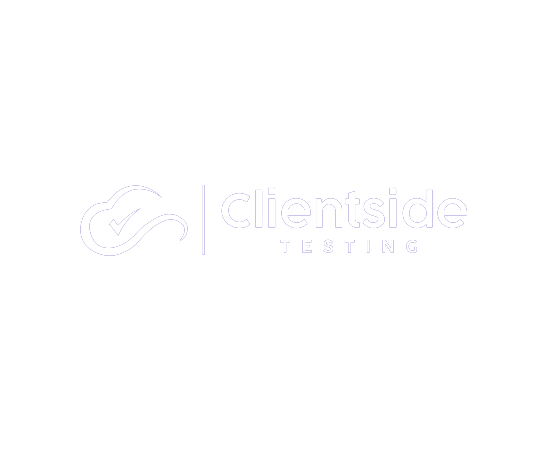How Workday® Can Transform HR and Workforce Management.

Practical, user-centered analysis for HR teams and people leaders.
Workday® is increasingly seen not just as a premium HR system, but as a baseline expectation for modern organisations. For HR leaders still reliant on legacy or fragmented systems, the challenge lies in understanding workforce needs, addressing user pain points, and leveraging technology to streamline operations. This article explores common HR challenges, shows how Workday® addresses them, and highlights additional benefits like learning, benefits, and performance and talent tracking (PATT). A downloadable checklist is included at the end to guide your readiness .
Part 1 — Challenges HR Teams, Employees and Contractors Face
- Fragmented systems and manual workflows
Many HR, payroll, and workforce tracking processes still rely on separate systems, spreadsheets, or manual inputs. This creates data silos, duplicate entries, and reconciliation delays. The impact: payroll errors, slow hire-to-pay cycles, and inconsistent reporting. - Payroll & compliance complexities
Every organisation must navigate local and international tax codes, statutory leave, social contributions, and payment frameworks. Variations in pay frequencies, benefits, and reporting requirements create friction. For employees and contractors, this often results in delays, inconsistent pay, or lack of transparency. - Inconsistent user experience
HR systems can feel unintuitive if workflows, roles, or approvals are poorly designed. Employees may face confusing interfaces, unclear processes, or delays in approvals. Managers spend more time chasing tasks than leading teams, and adoption suffers without strong usability. - Skills gaps in HR technology & change management
Organisations often lack internal expertise in implementing and optimising Workday®. This leads to heavy reliance on external consultants, potential delays, and missed opportunities for continuous improvement post go-live. - Change resistance and communication barriers
Even the best system can fail if adoption lags. Resistance stems from poor training, lack of communication, or unclear demonstration of value. Employees may revert to manual workarounds, undermining the investment in modern HR technology.
Part 2 — How Workday® Addresses These Challenges (From a User Perspective)
- Unifying HR, payroll, time & workforce data
Workday® provides a single source of truth for HR, payroll, time, and absence data. For employees and managers, this means one profile, one place for payslips, leave, and approvals—reducing errors and confusion. - Flexible payroll integration models
Workday® supports both native payroll and hybrid setups, integrating seamlessly with local payroll providers where needed. This ensures compliance while delivering a smooth user experience across different geographies. - Low-code configuration & role-based design
HR and payroll teams can configure workflows, policies, and security roles without deep technical knowledge. Role-based dashboards ensure people only see what they need, improving efficiency and adoption. - Mobile-first and lightweight access
Employees and managers can complete key actions—approvals, requests, simple transactions—on mobile devices. This flexibility supports hybrid and remote workforces, enabling faster task completion without reliance on desktops. - Embedded analytics, AI & proactive insights
Workday® delivers workforce analytics, predictive insights (such as attrition or skills gaps), and cost projections. HR leaders can move from reactive firefighting to proactive workforce planning.
Part 3 — Additional Benefits Like Learning, Benefits, and PATT to Demonstrate Value Add
Beyond solving pain points, Workday® enables HR teams to unlock higher-value capabilities that drive engagement and organisational impact:
- Learning & development integration
Workday® links employee skills to training resources, helping HR align upskilling with future workforce needs. Employees get clearer career pathways, while managers track progress against goals. - Benefits administration
The platform simplifies benefits enrolment and visibility, ensuring employees can easily access their options while HR gains insight into costs, compliance, and utilisation trends. - Performance and talent tracking (PATT)
Workday® connects performance reviews, goal-setting, succession planning, and career progression. This creates a single framework for tracking talent development and workforce readiness. - Employee empowerment through self-service
Staff and contractors can manage their own information, pay, leave, and growth directly—reducing admin work for HR while improving satisfaction. - Data-driven leadership insights
With analytics tied to learning, benefits, and performance, leaders can see how workforce strategies translate to business outcomes, strengthening HR’s position as a strategic partner.
Part 4 — Benefits Recap for HR, Workers & Contractors
- HR teams get reduced admin burden, fewer payroll errors, faster reporting.
- Workers and contractors benefit from consistency, self-service access, and clarity over pay & leave.
- Organisational leaders gain better workforce analytics, compliance, and streamlined operations, enabling scale and agility.
Conclusion & Next Step
For HR teams and people leaders, Workday® is more than just a system—it transforms how HR operations are run, making them simpler, smarter, and more connected.
If you’re considering Workday®, approach it as a foundational change initiative, not just a system upgrade. Click here for support getting started.

